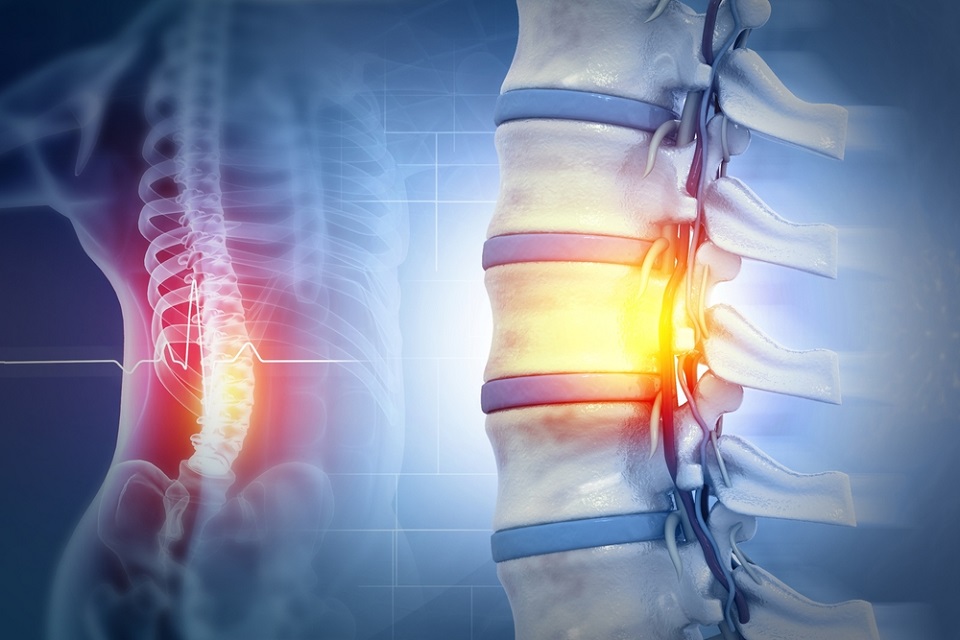New biomaterial offers treatment potential for central nervous system injuries and neurodegenerative diseases

A research team including a Keele neuroscientist has created a new material for treating central nervous system injuries and neurodegenerative conditions like Alzheimer’s and Parkinson’s diseases, offering hope of new therapies to regain lost motor, sensory or cognitive functions.
The new electrically active transplantable material could help to regrow cells in the brain and spinal cord and could redefine the recovery prospects of patients who sustain life-altering injuries or suffer from neurodegenerative diseases.
The 3D piezoelectric cellulose composite, invented by experts at Keele University and the University of Bath, is detailed in a research paper published in Cell Reports Physical Science.
The material can be used as a bespoke ‘scaffold’ into which neural stem cells (NSCs) can be precision-delivered to injury sites, helping to effectively repair and regenerate neurons and associated tissues crucial for recovery.
The team of engineers, chemists and neuroscientists say the material offers the potential to create new treatments to help restore the motor, sensory or cognitive functions of people who have suffered central nervous system (CNS) injuries, or neurodegenerative diseases such as Alzheimer’s and Parkinson’s Disease. Caused by trauma to the brain or spinal cord, CNS injuries affect millions of people worldwide and are among the most challenging medical conditions to treat.
Dr Chris Adams, Senior Lecturer in Neuroscience at Keele University, was one of the researchers and said: “I really enjoy working with scientists from different disciplines to mine as it allows for novel developments, such as the one described in the is study to emerge. It will be exciting to develop this further as this implant could offer a unique method to wirelessly deliver, therapeutic electrical stimulation to sites of nervous system injury alongside guiding tissue growth through the pores in the implant. For me personally, it was great to observe NSCs (cells I’ve worked with for a while) growing throughout the implant and “lining up” along the pores, suggesting the material has potential for use in nervous system applications.”
Multifunctional material offers therapeutic potential
The composite material is made of cellulose and potassium sodium niobate (KNN) piezo-ceramic particles. The ‘scaffold’ implants that can be created with it look like small, paper-like tubes, which could be made bespoke for individual patients.
Key to the composite’s clinical potential is its versatile, multifunctional nature, and the use of cellulose – a widely-available structural component of plants and algae – means it is highly sustainable.
Created through a process called directional freeze casting, its structure is optimised to encourage the growth of cells in a specific direction – as they grow in a spinal cord – meaning they can repair and re-join tissue damaged by traumatic injuries, and repair electrical pathways that carry signals from the brain. The material is also porous, with space for new cells to grow into naturally, mimicking the three-dimensional network in the body.
Furthermore, it is biodegradable by enzymes, so can be made to dissolve within the body once the implant has served its function.
Most importantly, the ceramic microparticles have piezoelectric properties – meaning they create electrical charge when placed under stress or through body movement, giving stem cells the stimulation they need to grow.
The combination of these properties, and the way they allow a scaffold to be structured, make the material ideal as a vehicle for the delivery of neural stem cells, and for them to grow and differentiate into the functional neural cells required for repair and recovery.
Bespoke treatments a potential application
Dr Vlad Jarkov, a PhD researcher in Bath’s Department of Chemistry, was the primary investigator of the research. He says the material offers significant potential for future bespoke treatments: “One way this could be applied would be to use a CT scan of an injury site to model a very precise 3D implant that could address a patient’s specific needs by accurately bridging the gaps caused by injury to their brain or spinal cord.
“Focusing on finding a way to aid the growth neural stem cells is very challenging, as they are among the most complex cells in our bodies. We had to draw on a range of expertise – in mechanical engineering, chemistry, neuroscience and materials science, to reach this point.
“As an advanced bespoke medical treatment, it requires further development to become a reality in our hospitals, but we are hopeful this is the start of finding a solution to helping the many people around the world who suffer life-altering brain and spinal cord injuries.”
Future development of the composite and implants will include tests of biocompatibility and efficacy, further optimisation of the materials and freeze-casting methods and scale-up of manufacturing, as well as regulatory approval.
Most read
- Research by Keele alumnus improves outcomes for children with rare type of brain tumour
- Keele and NHS Trust partner to advance ethical AI in healthcare
- Keele Business School leaders invited to discuss work in Parliament
- Health impacts of eating disorders complex and long-lasting, researchers find
- Keele-led hydrogen research programme scoops top industry award
Contact us
Andy Cain,
Media Relations Manager
+44 1782 733857
Abby Swift,
Senior Communications Officer
+44 1782 734925
Adam Blakeman,
Press Officer
+44 7775 033274
Ashleigh Williams,
Senior Internal Communications Officer
Strategic Communications and Brand news@keele.ac.uk.


